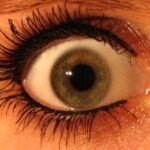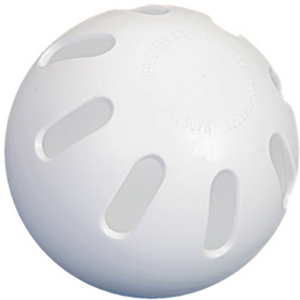Anxiety plagues all of us at one time or another in our life, weather it is while we are taking a driving test, going to the dentist, or giving a speech in front of hundreds of people. However, there are many people who suffer from severe anxiety that is so intense and uncontrollable that it seriously makes a mess of their lives. There are four major categories of anxiety disorders and these are : Generalized anxiety disorder, Panic disorder, Phobia, and Obsessive Compulsive disorder. People with one of these disorders often have others as well, which makes their controlling it even harder.
For some reason Generalized Anxiety disorder (GAD) affects twice as many women than it does men, and can lead to serious destruction. This disorder is basically worrying about many different things excessively for over six months. The anxiety is not specific. The people with Generalized Anxiety Disorder cannot seem to express what they are afraid of. It is clear that they are afraid of something and have an extremely difficult time handling everyday worries. Because of muscle tension and constant fretting, they tend to develop painful headaches, heart palpitations, insomnia, and sometimes dizziness. The anxiety in combination with the physical health problems that it causes make it hard to cope with normal life. GAD is usually accompanied by another anxiety disorder, depression and/or substance abuse. These must be treated as well as the GAD, which is commonly treated with medications.
Those with Panic Disorder have intense feelings of terror which strike suddenly and with no warning. These attacks are usually brief and can cause shaking, dizziness, and difficulty with breathing. The American Psychiatric Association’s definition of a panic attack is fear or discomfort that arises abruptly and peaks in ten minutes or less. Some people may believe that they are having a heart attack or losing their mind when they are having a panic attack. Panic attacks do seem to come out of nowhere, but they actually happen after prolonged stress, scary experiences, or exercise. Some people’s lives become so restricted that they stay home most of the time or avoid confronting fearful situations alone. It is best to identify the problem early or a person may also develop Agoraphobia, which is an anxiety about being trapped in a place where escape is difficult or embarrassing. The best thing to do is to go to the doctor and get treated otherwise Panic Disorder can take over a person’s life.
Phobias are usually involving specific fears, which sets them apart from GAD and panic Disorder. There is a certain something which a person is afraid of that in reality poses little or no danger to them. Some examples are the fear of heights, closed-in places, dogs, blood, elevators, tunnels, etc. Phobias are not just an extreme fear, but are an irrational fear of something in particular, such as a person who is not afraid to ski down a mountain but is intensely scared to ride up a few floors in an elevator. Most adults with a phobia seem to realize that their fear is irrational but find it frightening to even consider facing their phobia in order to overcome it. There is some evidence that specific phobias tend to begin in childhood and continue throughout adulthood. With carefully selected psychotherapy , specific phobias can be treated and people can be helped in overcoming their fears.
Obsessive-Compulsive Disorder (OCD) is a disorder involving anxious thoughts and/or rituals which a person cannot control. A person with OCD may be plagued by intrusive thoughts or images in their mind. They could also have irresistible urges to act out specific rituals. Someone with OCD could have both the persistent thoughts and the need to perform rituals over and over again. According to the American Psychiatric Association, OCD is more common in boys than girls when the onset is in childhood, however , in adults OCD is equally common with men and women. Many people check their stove or coffeepot a few times or washing their hands fifty times in a row, but for those with OCD, this one thing could take an hour or two out of each day, not to mention all of the other rituals they feel the need to go through many times over. These people do not get any pleasure out of these rituals, only temporary relief from the anxiety that plagues them when they don’t perform the rituals. This interferes with their normal lives and can cause problems at work and in their family and personal lives. Those with symptoms of Obsessive-Compulsive Disorder need to seek treatment promptly before it consumes them. OCD is known to do well with medications and psychotherapy.
The four major anxiety disorders can all be treated. It is necessary to see a psychiatrist or a psychotherapist. You can ask your family doctor for a referral if necessary. Seeking treatment as soon as possible is the best thing to do so that you do not develop any other disorders as a result of the anxiety you are feeling from the current disorder. Each anxiety disorder has different characteristics, but they all have the common theme of intense and irrational fear and the dread of what is yet to come.



